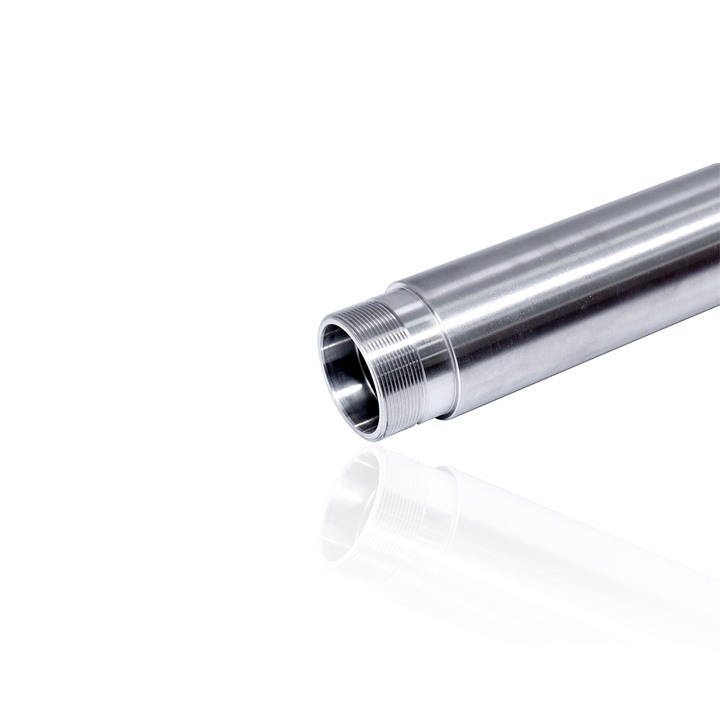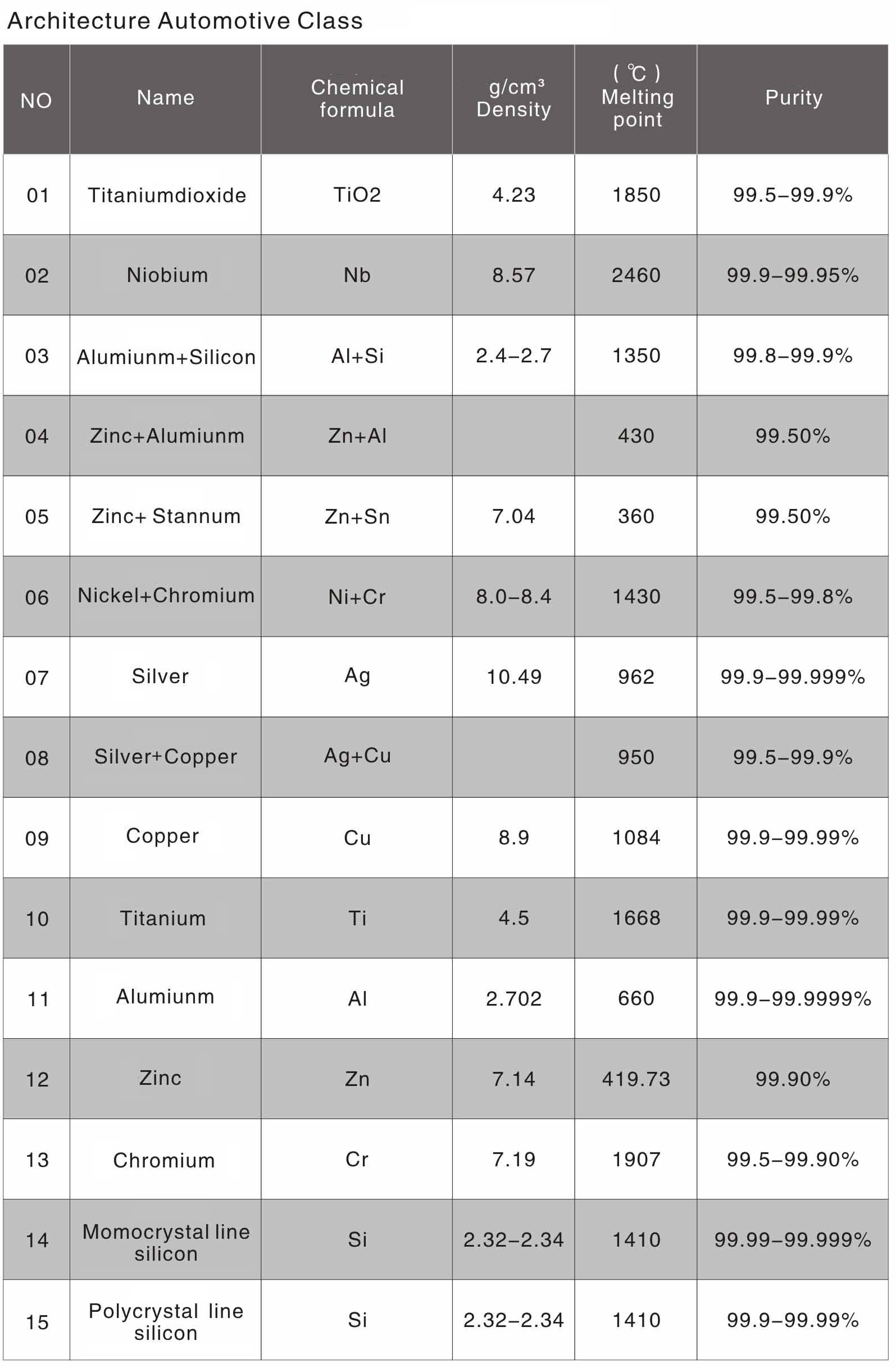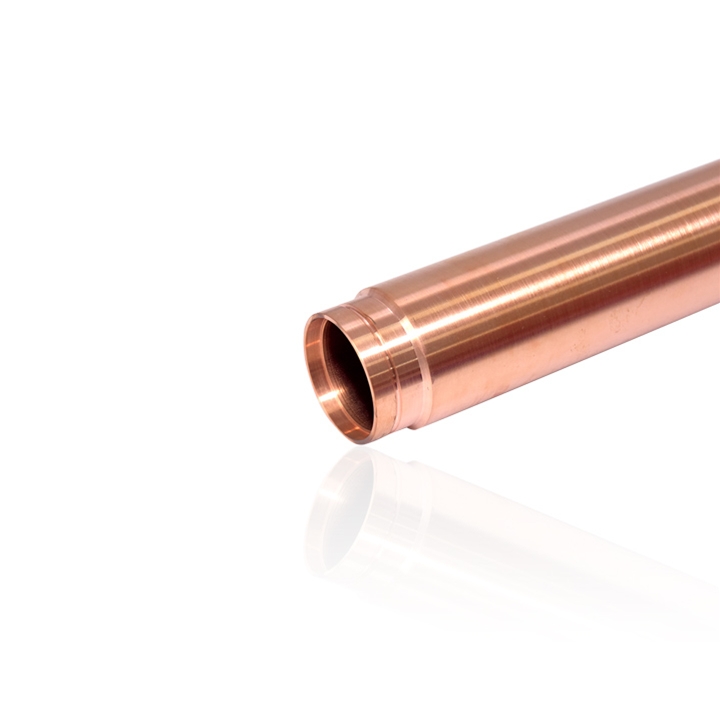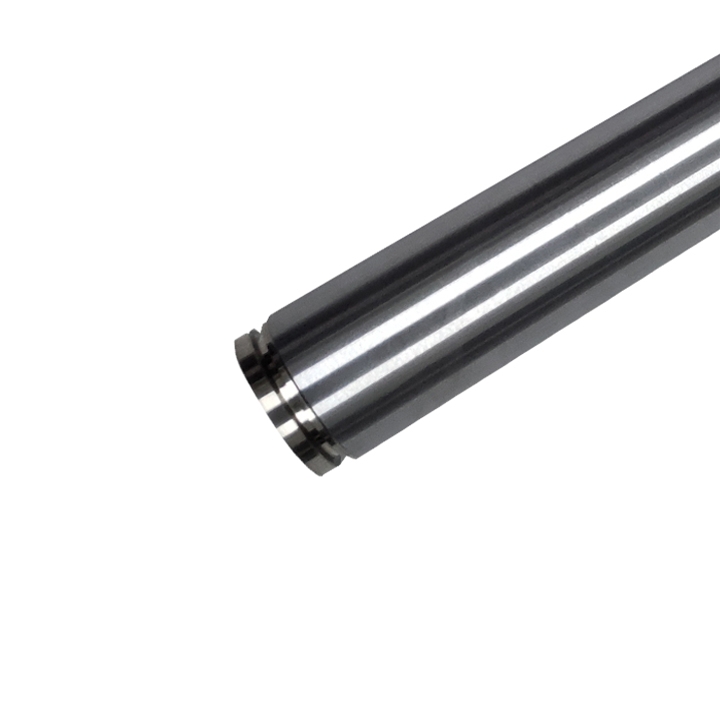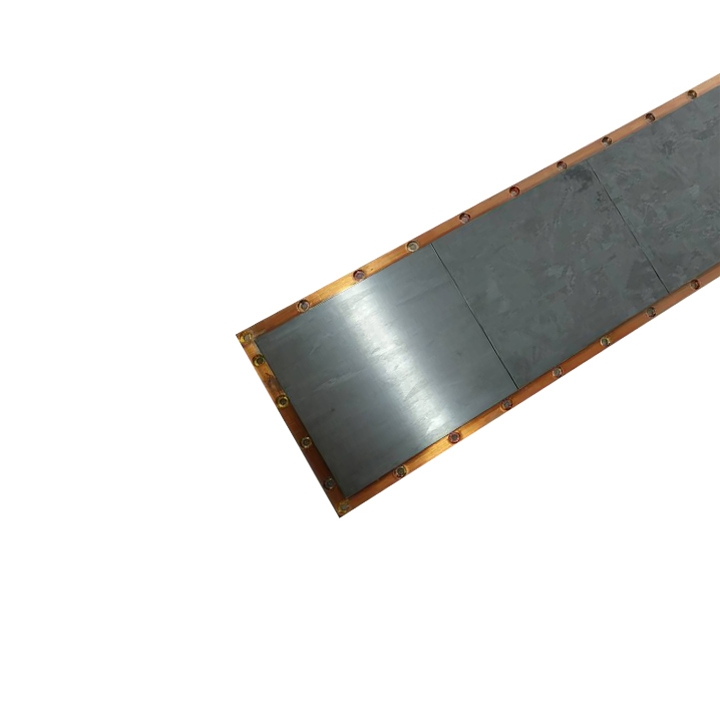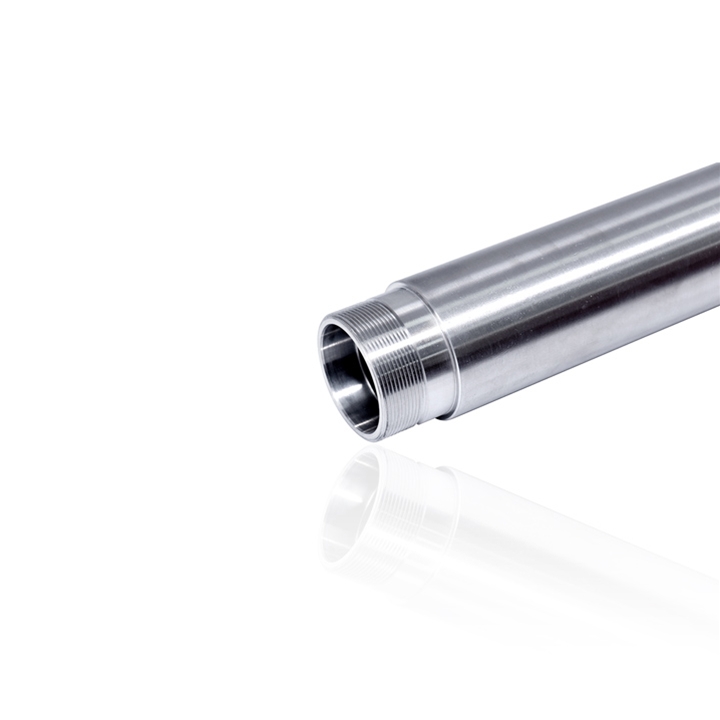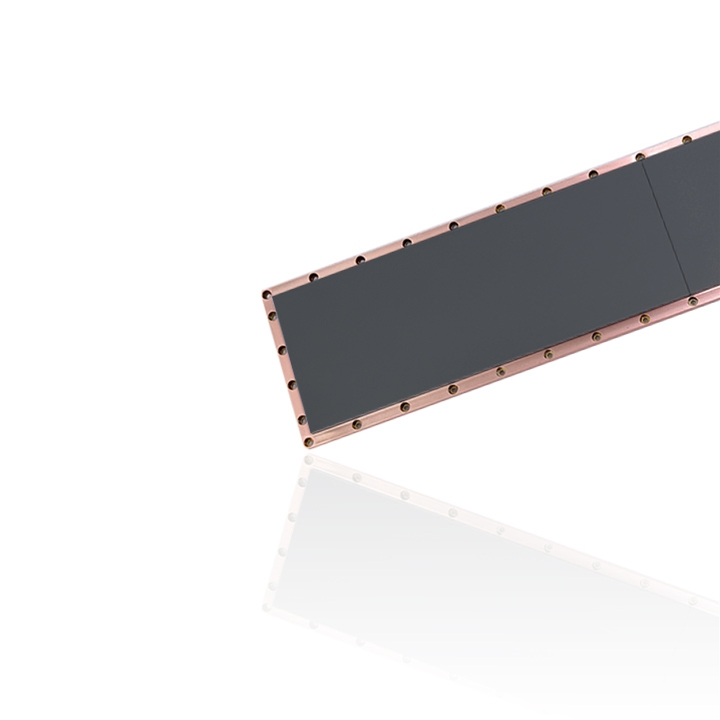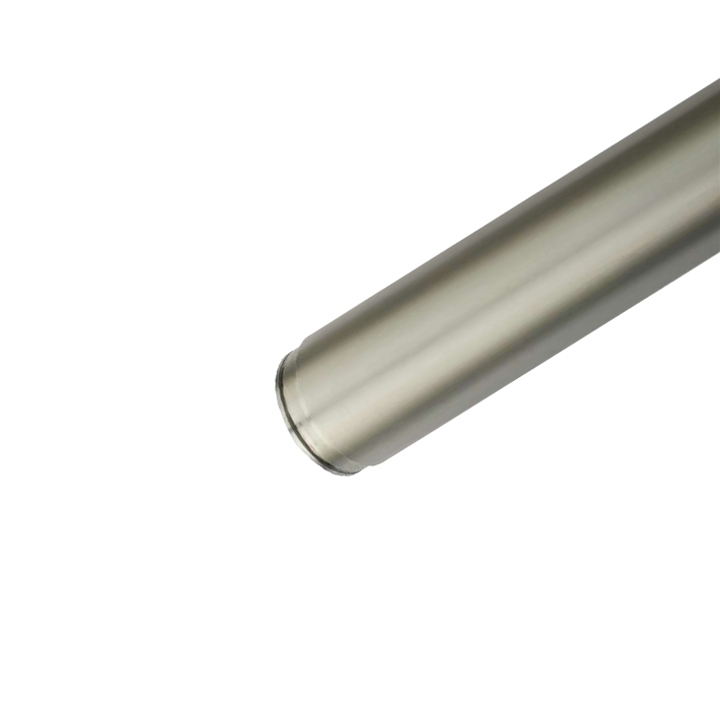Low-E (low-emissivity coated glass) glass is a silver film or fluorine-doped tin oxide film on the glass surface, which uses the above-mentioned film layer to reflect far infrared rays to achieve the purpose of heat insulation and heat preservation. It has the effects of high visible light transmittance (natural lighting), low reflection (low light pollution), low transmittance of ultraviolet and near infrared rays (shading).
Vacuum magnetron sputtering Low-E coated insulating glass has a low emissivity (0.08 ~ 0.15), which can effectively reduce the loss of indoor thermal energy, so it is a good "lighting and energy saving system".
Heat-reflective coated glass is also called sunlight-controlled coated glass. It is made by coating one or more layers of one or more metal or compound films on the surface of high-quality float glass by vacuum magnetron sputtering. The infrared rays of sunlight are effectively reflected (20-25%), and heat insulation can be prevented from entering the vehicle body (heat insulation ↑ ﹥ 30%), reducing the load of air conditioning, while maintaining good light transmission (70 ~ 75%)

